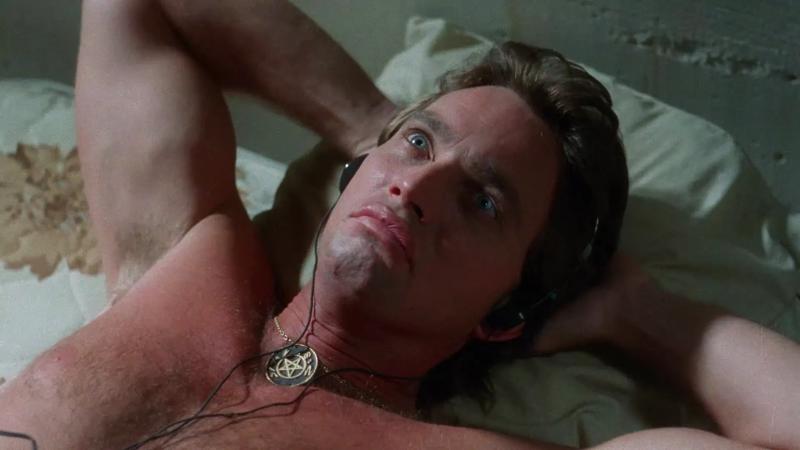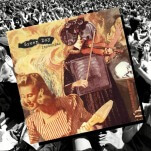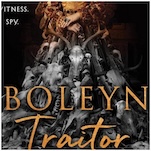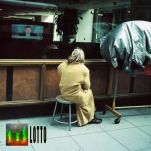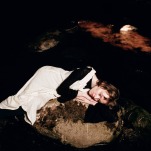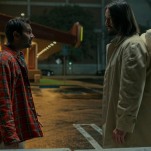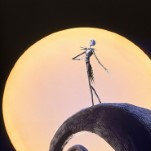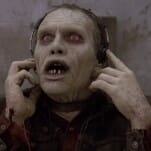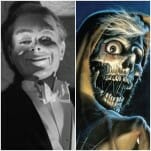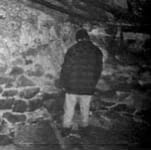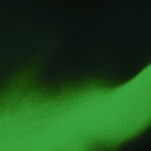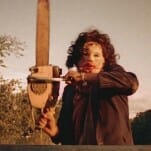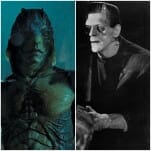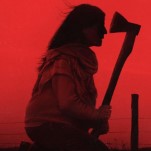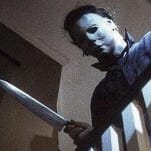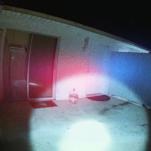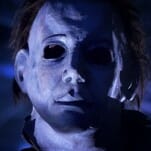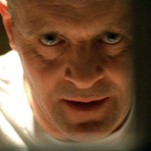Terror Trash: Hack-o-Lantern (1988)
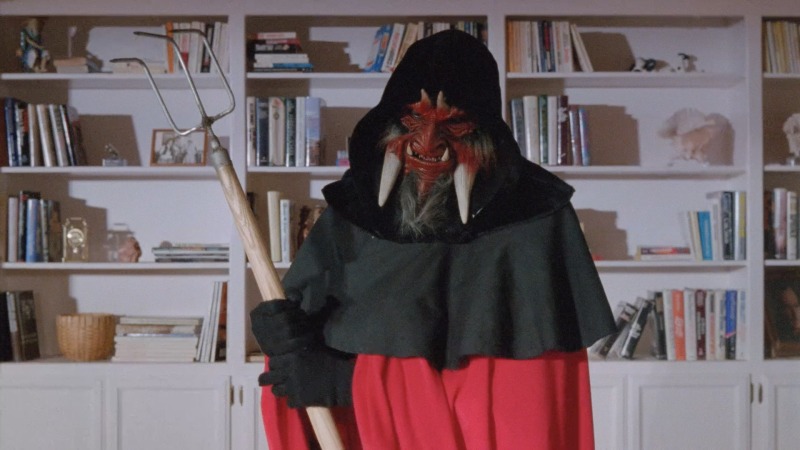
Terror Trash is an occasional series celebrating and delighting in some less-than-sterling entries in the horror film genre. After several years of highlighting great films in our Century of Terror and ABCs of Horror series, it’s time for a loving appraisal of some decidedly more trashy, incompetent, or enjoyably cheesy material.
Within the inexhaustible well that is the 1980s golden era slasher film, there’s a special, cordoned-off area reserved for horror flicks specifically set at/on Halloween. To the horror geek reptile brain, there’s little that could be more appealing: A tawdry bit of horror junk, set at the most gratuitously spooky time of the year, and thus festooned with holiday paraphernalia. What’s not to love? That said, there actually aren’t quite as many classics as you might expect to meet this criteria, perhaps owing to a desire to not tread too obviously on the toes of John Carpenter’s iconic Halloween. You might dabble with 1986 supernatural heavy metal mashup Trick or Treat to get your fix, or the stone cold classic Halloween house party massacre of 1988’s Night of the Demons. More contemporary examples have included Michael Dougherty’s already canonized 2007 quasi-anthology Trick ‘r Treat, or 2023’s excellent and overlooked Cobweb. But 1988’s Hack-o-Lantern? Now you’re venturing into truly sleazy Halloween territory, although memorable in its own decrepit way. Don’t throw this on at a Halloween party unless you’re certain of your audience’s appetite for trash.
Hack-o-Lantern is set in what appears to be the most Satanist-friendly Midwestern farming community one could possibly hope to discover as an aspiring devil worshiper in the late 1980s, especially considering that the Satanic panic of the era presumably made this a challenging time to get a coven going for your rank-and-file follower of Lucifer. The film revolves around an unlucky family that has been cursed by a screenplay that doesn’t bother to assign them a last name, or in the case of antagonist “Grandpa,” even a first name. Regardless, Grandpa is the leader of the local coven of robed Satanists, something that everyone in the area seems to be largely aware of but ignore for reasons that are never clearly expressed. His daughter Amanda lives in fear of her devil-worshiping, lecherous father, who is implied to have raped her–on her wedding night, no less–in order to create youngest son Tommy, the demon seed child of destiny that he’s been grooming to be the next vessel of Satan since he was a young boy. Where’s Amanda’s husband? Would you believe the answer is “also murdered by Grandpa”? That’s just the kind of warm and fuzzy family dynamic that Hack-o-Lantern wastes no time in establishing.
With that said, Grandpa is, in no uncertain terms, the heart of the film both in a narrative and especially in a performance sense. The movie is billed as being “HY PYKE IN HACK-O-LANTERN,” and after seeing it that’s the only description that would seem fair to the way he dominates the proceedings. Who or what is a “Hy Pyke,” one might ask? Born Monty Pike, he was an expressive American character actor known for his scenery chewing and gravelly voice, most famously appearing briefly opposite Harrison Ford as likewise sleazy bar owner Taffey Lewis in Blade Runner. Here, though, he’s just “Grandpa,” a workaday pumpkin farmer (?) who in between dropping off loads of gourds also occasionally stops by the family home to present his favorite, Tommy, with Satanic medallions or encourage him to drink blood. That’s an actual line of dialogue from Hack-o-Lantern, after the young boy cuts himself carving a pumpkin and proceeds to lick up all the red corn syrup: “But Mom, I like the taste of blood!” I think we can all agree that there’s nothing suspiciously Satanic about that exclamation from an 8-year-old. The little sprout is growing up just fine!
Pyke gives a performance in Hack-o-Lantern that is consistently, fascinatingly bizarre and animated. His energy is manic, but it’s diametrically opposed to his dumpy visage–most of the film sees him in wearing what appear to be khakis and an L.L.Bean flannel under the sinister red and black Satanist robes, like he’s going to plow a row as soon as he finishes this goat sacrifice. He looks like a melting, middle-aged lesbian, right down to the gaudy rings he’s wearing on every finger. His most defining characteristic, however, is his vocal delivery, which swings from scene to scene between “cajun lothario” and “effeminate southern belle,” a queer juxtaposition of drawl and lisp. His voice so befuddles the ability to subtitle it that while recently rewatching Hack-o-Lantern on Tubi, the closed captions occasionally give up on translating what Grandpa is saying and instead simply read “SPEAKING GIBBERISH.” Other times, the subtitles don’t even recognize Pyke’s screamed dialogue as words at all and display nothing. It’s difficult to imagine how exactly the character was conceived, but it’s very clear that Pyke simply decided to make a meal of it, with his inexplicable style turning lines meant to be sinister, like “You have intruded upon the ceremony of blood” into comedic gems.
-

-

-

-

-

-

-

-

-

-

-

-

-

-

-

-

-

-

-

-

-

-

-

-

-

-

-

-

-

-

-

-

-

-

-

-

-

-

-

-

